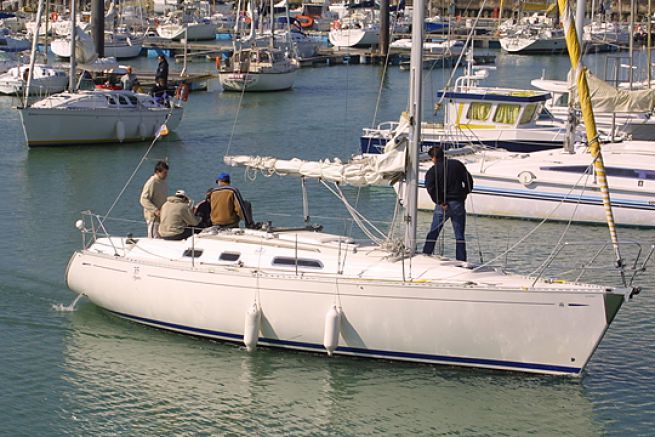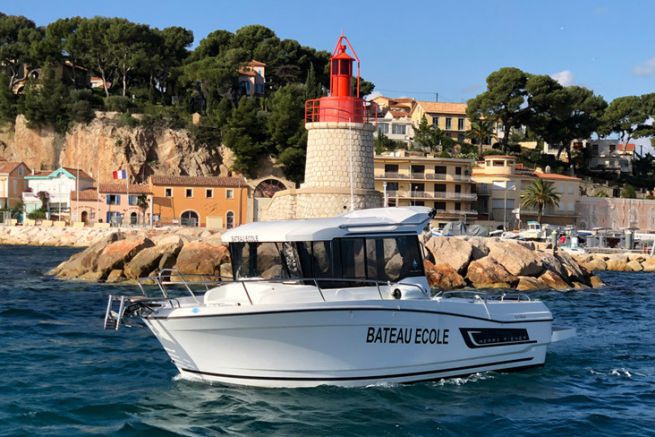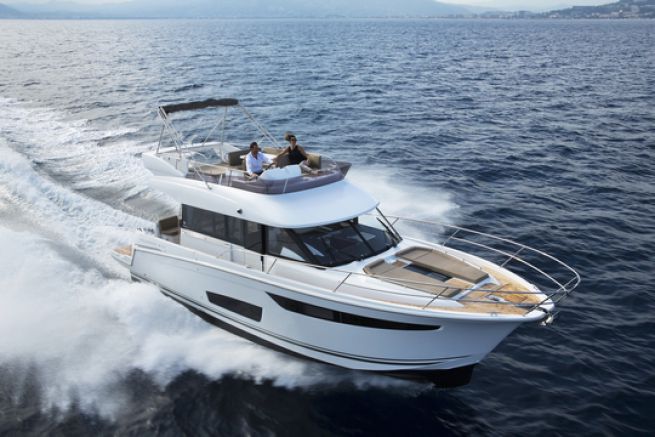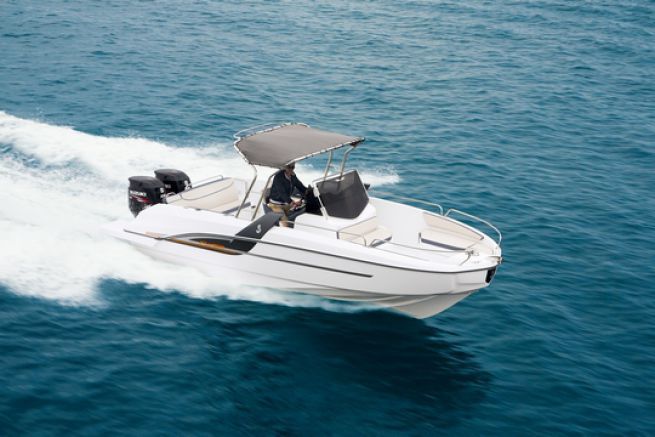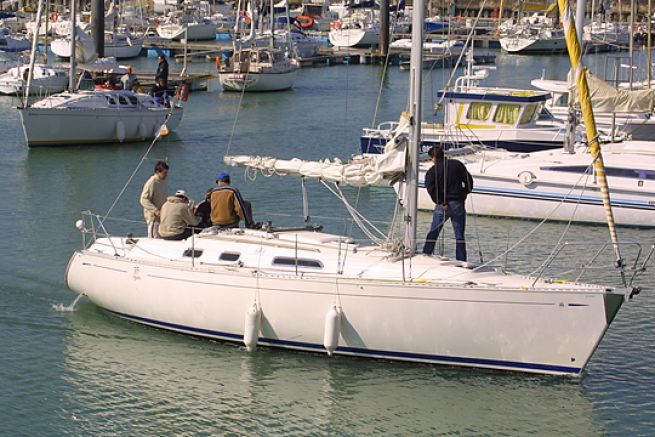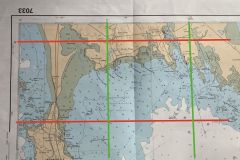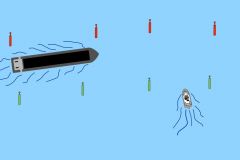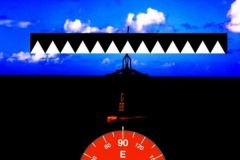A sailing ship is a vessel whose main mode of propulsion is the sail. The engine is considered as auxiliary propulsion.
To differentiate between sailboats (which do not require a license) and motorboats, the administration uses the result of a mathematical formula that we present to you today.
A vessel is considered a sailboat if it meets the following equation:

As: expressed in square meters, S is the projected sail area, calculated as the sum of the projected areas in profile of all sails that may be set when the vessel is sailing close-hauled, on booms, horns, bowsprits, mallet tails, or other spars, and the area of the fore triangle(s), up to the foremost forestay, permanently attached during the operation of the vessel to the mast carrying the set sails, without overlap, assuming that the drafts and leeches are straight lines. The area of the forward triangle of each mast shall be that given by IJ/2, where I and J are the measurements between the forward face of the mast, the after end of the forestay and the live line in way of the mast. The area of spars is not included in the calculation of the projected sail area, except for wing masts.
mLDC: mass of the vessel in loaded condition, expressed in kilograms

Example : Jeanneau Sun Odyssey 509
S = 114 m2
D = 13 900 kg
The result of the formula is equal to 40.46
The Sun Odyssey 509 is considered a sailing vessel because the sail area is much larger than the formula result.
